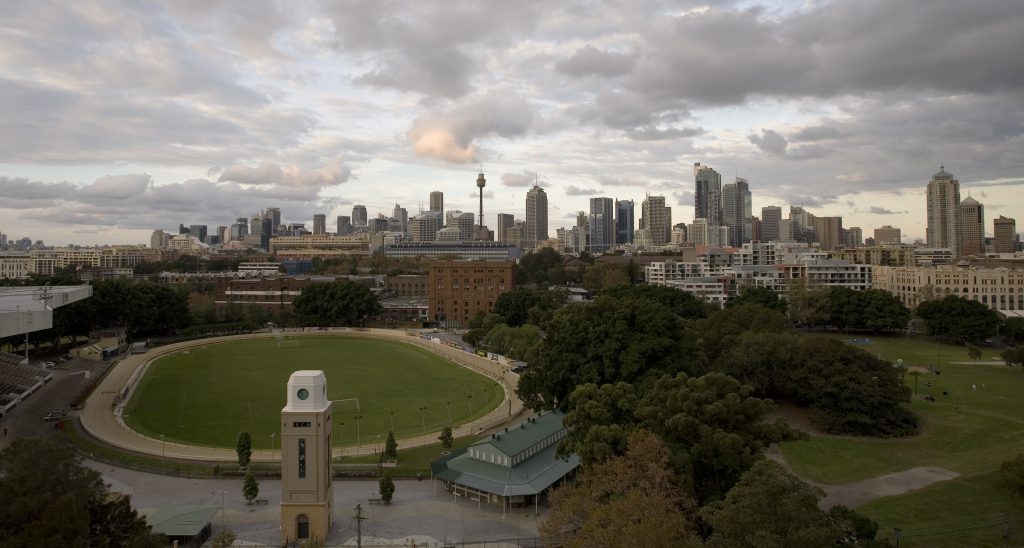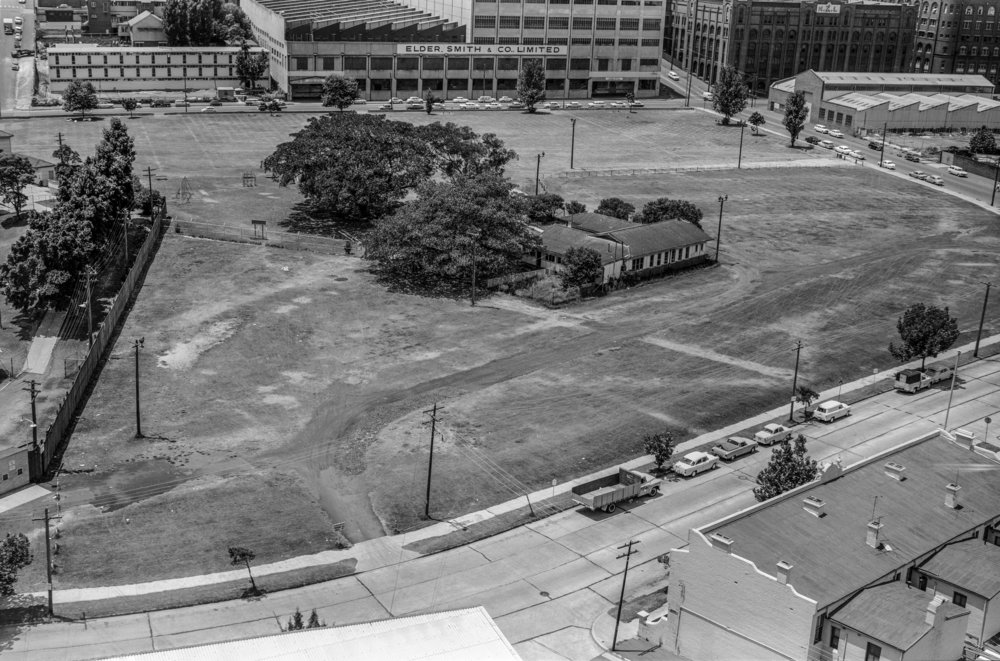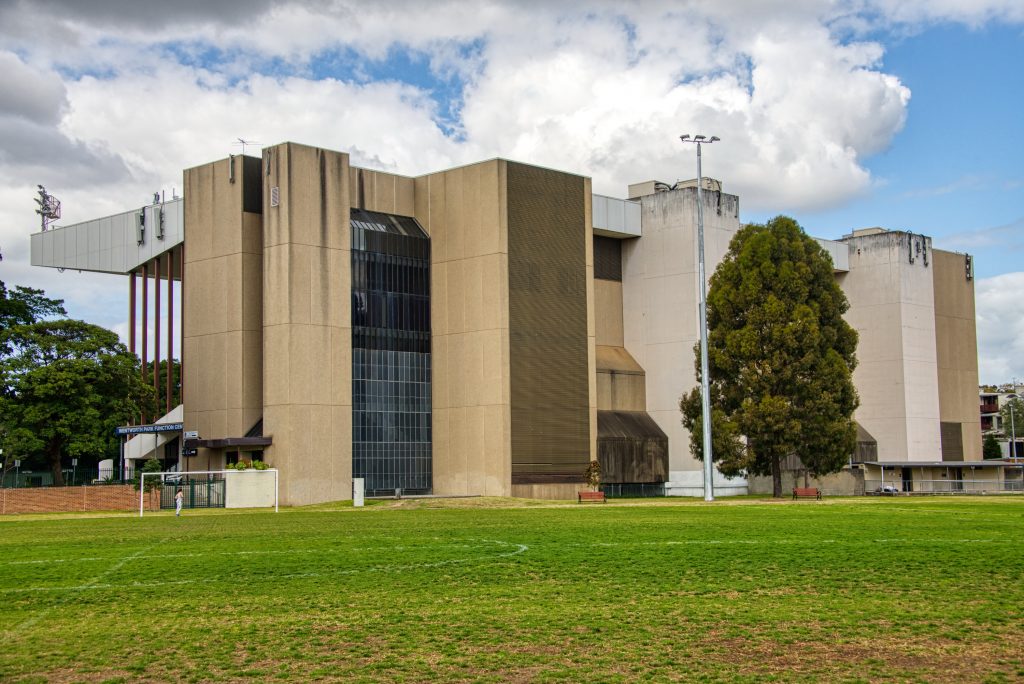by Ted McKeown, 3 September 2020
On 31 July the NSW Government issued its 96-page draft Pyrmont Peninsula Place Strategy, which will be open for exhibition until 13 September. The Planning Strategy is intended to guide the transformation of the Pyrmont Peninsula over the years to 2041.

According to the Minister for Planning and Public Spaces, Rob Stokes:
Everyone accepts that change is inevitable – Pyrmont always has – but everyone agrees that the time is right to improve access to the harbour and to public spaces, to active (and public) transport, to education and jobs, and to provide a better built environment that respects the layers of history that have made Pyrmont the jewel that it is.
Some say that Pyrmont is a village, some say it is an extension to the CBD. I reckon Pyrmont is both of these things, and more. Our plans for Pyrmont protect its past, and direct where change is going to occur, along with the public benefits that are necessary to ensure that as Pyrmont grows, it will become an even better place for people to work, live and play.
Noble sentiments, but, as always, the devil is in the detail. In this regard, see https://www.planningportal.nsw.gov.au/Pyrmont.
But whatever one thinks, it is at least refreshing to see that the Government (or at least the Minister) seems intent on actually planning something, rather than responding to ad hoc unsolicited proposals from developers – the most recent having been the hare-brained Star Casino proposal to erect a $529 million 66-storey hotel/residential tower. This was rightly and appropriately knocked back by the Department of Planning and the Independent Planning Commission, but it was a close call.
Of particular interest to us is that for the purposes of the draft Place Strategy, ‘Pyrmont Peninsula’ is defined to include parts of Glebe, namely the head of Blackwattle Bay (the proposed site for the relocation of the Sydney Fish Market) and Wentworth Park.

Wentworth Park
Wentworth Park is Crown Land. The Blackwattle Bay Land Reclamation Act 1873 provided for the reclamation of the swamp land at the head of Blackwattle Bay, and stated that it was lawful for the Governor with the advice of the Executive Council to ‘either let or sell the same or any part thereof by public auction in one or more lots and subject to such conditions as the Governor aforesaid may deem fit and to lay down construct or erect on the land so reclaimed or on any part thereof any streets roads jetties sewers or other public works or buildings or any dwelling-houses shops stores or warehouses from time to time subject to any conditions as aforesaid. Provided that a portion not being less than a fourth part of the entire area so reclaimed shall be set apart and dedicated in perpetuity for a park or place of public recreation.’ In 1878 the Act was amended to increase the ‘one fourth part’ to 100% of the area reclaimed, thus prohibiting any commercial exploitation of the reclaimed land.
The area was proclaimed as a public park in the Government Gazette of 10 November 1885 (Dedication No: D500010; Torrens title identifier: 678/729635). The park was originally laid out magnificently in accordance with Victorian landscaping ideas – see below:

Extract from a map of The Glebe from the Atlas of the Suburbs of Sydney by Higginbotham & Robinson, 1886-1888, City of Sydney Archives 
Extract from a map of Glebe, Camperdown, Newtown, Macdonaldtown & Darlington, 1886 by Higginbothom and Robinson source: City of Sydney Archives)
However, it soon fell on hard times – Pyrmont Bridge Rd became a busy arterial road, cutting off any access to the foreshore of Blackwattle Bay, which was itself developed for industrial purposes; the goods line from the City to Dulwich Hill via Darling Harbour and the wharves at Pyrmont was pushed through the park on a viaduct (which is itself a thing of beauty, but does take up a substantial chunk of the park); but most importantly, the middle section of the park was, in 1932, effectively turned over to the greyhound racing industry. A kindergarten was built in the southern section of the park in 1916 and remained there until it was burnt down in 1991.1

The northern and southern sections of the park are administered on behalf of the Crown by Sydney City Council. However, the central section, now known as the Wentworth Park Sporting Complex, was until 2016 administered by a Trust, with a Board comprising community representatives and representatives of the greyhound racing industry, the Crown Lands Department and the City Council. Susie Cleary was the chairperson of the Trust Board from 2005 to 2013, and I (having joined the Trust Board in 2005), was chairperson from 2 March 2015 until the appointment of all Board members expired on 26 May 2016. On that date, the Minister for Lands and Water (then Niall Blair) elected to appoint an Administrator (Jason Masters) ‘for an interim period of three months’ – presumably because of the uncertainty surrounding the continuation of greyhound racing in New South Wales. Readers will recall that the then Premier, Mike Baird, famously banned greyhound racing with effect 1 July 2017, then spectacularly backflipped on that decision in October 2016. Mr Masters was replaced as Administrator by Rod Gilmour in August 2016, and in August 2018 Mr Gilmour became ‘Land Manager Administrator’, the Trust Board having been legislated out of existence.

In the meantime, a pop-up school was erected in the park, partly on the Sporting Complex land, and partly on the southern section of the park administered by the Council. Ultimo Public School moved into the pop-up school while its own site in Wattle St was being redeveloped, and the original deal with the Department of Education was that the temporary buildings would be demolished once Ultimo Public School relocated, and the Department would fund the completion of the palisade fence around the Sporting Complex. However, the Department seems to have reneged on that deal, since we now learn that the Department has extended the arrangement so that the staff and students of Fort Street Public School in the Rocks can be relocated while their school gets a facelift. What next?
So, there is no longer any community participation in the conduct or management of the Wentworth Park Sporting Complex. Any developments have to be discovered from secondary sources long after the event.
A way forward?
All a bit depressing, but there may be light at the end of the tunnel.
The No. 1 priority for Wentworth Park in the draft Place Strategy is to ‘investigate the return of the Wentworth Park greyhound track land and the temporary pop up school once their terms expire.’
In the same vein, the City Council at its meeting on 27 July passed a motion (proposed by Councillor Philip Thalis, seconded by the Lord Mayor and carried by a majority of 8 to 2) dealing in detail with the removal of greyhound racing from Wentworth Park. The motion covered a number of aspects of greyhound racing and its history in the park, including animal cruelty and problem gambling. However, for present purposes, the most important parts of the motion were that:
(G) this Council remains opposed to Greyhound Racing in NSW;
and
(I) the Lord Mayor be requested to write to the Minister for Water, Property and Housing and the Minister for Planning and Public Spaces requesting the removal of greyhound racing from Wentworth Park and reinstatement of the land as crown reserve for public recreation uses.
(See Virginia Simpson-Young’s article here)
Of course, as Virginia points out, the Council has no jurisdiction over the park, which is a Crown reserve. And as she also points out, while it might be the wish of the Minister for Planning and Public Spaces to prioritise the return of Wentworth Park to the community, that doesn’t seem to be a view shared by his colleague, the Minister for Better Regulation and Innovation, Kevin Anderson. Time will tell who prevails in this ideological dispute within the Government!
In any event, two days after the Council motion was passed, Philip Thalis was interviewed on ABC Radio 702 (https://www.abc.net.au/radio/sydney/programs/breakfast/p-thallis/12502258). He said what we would all agree with : I’d like to see the grandstand come down, and added that it is only used a couple of nights a week for a very small crowd, and a diminishing crowd, of people who go to the dogs, which we would also agree with if the grandstand was used only as a grandstand. But is he aware that the Greyhound Breeders Owners and Trainers Association (GBOTA) uses only the ground floor and first floor of the grandstand, and levels two and three are used as commercial offices, with three companies operating under leases of these two top floors – all of this in a public park! This is something that would never be permitted today, and which should never have been permitted when the grandstand was erected in 1985.

The GBOTA is secure as licensee of the Sporting Complex until 2027, so it is unlikely that greyhound racing will depart Wentworth Park until then, unless of course it is banned again or the GBOTA finds that racing at Wentworth Park does not justify the trouble and expense (as the National Coursing Association did in 2008 when it relocated its racing operations to Newcastle). But as mentioned above, we should also not lose sight of the fact that there are, for better or for worse, commercial tenants of substantial areas in the grandstand, and those commercial tenants have security of tenure until their leases expire.
Philip Thalis was also asked whether the money could be found to demolish such a substantial building. His response was: Well, the Government had no problem knocking down the Football Stadium and this is tiny compared to that, a sentiment we heartily agree with, but he went on to say that: It is unused 99% of the time, which is unfortunately not true.
So, in summary, pressure is building for the dogs, the dog track and the appalling ‘grandstand’ to leave Wentworth Park, and for the park to once again be a jewel in Glebe’s crown.
Susie Cleary and I would just like to live long enough to see it!
- For a detailed commentary on the history of Wentworth Park by Max Solling, see https://www.glebesociety.org.au/socialhistory/wentworth-park-its-history-and-uses/. See also Wendy Thorp: Historical Context Report, Wentworth Park, Sydney, August 1990 –http://nswaol.library.usyd.edu.au/data/pdfs/13492_ID_Thorp1990WentworthParkSydneyHistoricalRpt.pdf










There are no comments yet. Please leave yours.